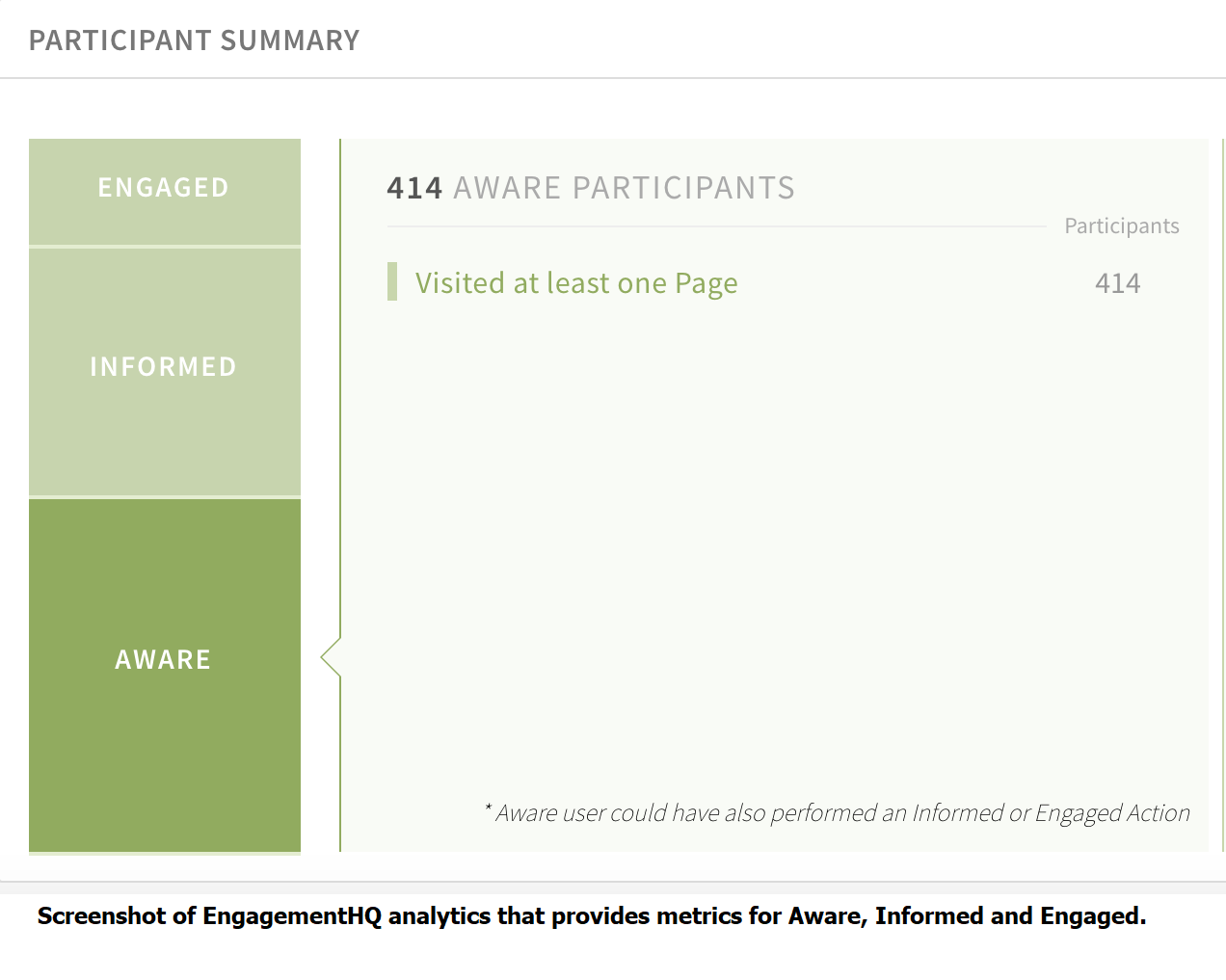 My background is in the world of marketing and specifically in the field of marketing automation where the focus is on having meaningful interactions with customers online based on the digital cues they provide. This is called reading their ‘digital body language’.
My background is in the world of marketing and specifically in the field of marketing automation where the focus is on having meaningful interactions with customers online based on the digital cues they provide. This is called reading their ‘digital body language’.
The analogy is to think about how someone may walk in to a store to buy a TV compared to how they may buy one online. When someone walks into the store, a good salesperson will immediately start reading the customer’s body language – Are they walking slowly and just browsing, or did they walk straight to a specific model? Are they more interested in the spec sheet or the image quality? Are they looking around for help or are they head-down and focused? – and the salesperson can respond accordingly to support the customer and develop a good rapport.
On the flipside, if someone is browsing online for a TV, all of this body language is invisible, so it becomes harder to develop a relationship and support a customer early on in their buying journey. This can be mitigated, though, if you’re able to observe their digital body language. For example, are they browsing quickly through multiple product pages or are they spending a lot of time on one page and reading all the reviews?
The first step is to read the digital body language and the next step is to infer meaning and respond. For example, if someone is browsing a company’s website for pricing information, it likely means they’re in the purchase consideration stage, so you could reach out and send them the ROI calculator and pricing comparison matrix.
I love applying the principles of marketing to community engagement and I started wondering: Now that we’re doing more and more engagement online, how can we read, infer and respond to the digital body language of our community members?
There is a need for community engagement to become more focused on relationship-building rather than being transactional. A relationship with a community member should be mutually beneficial. They have a lot to offer, you have a lot to learn from them, and you have a lot to provide them. We can’t only take from the community, we must give, and developing relationships with community members is integral to this.
So how do we develop relationships online?
Building a relationship is all about being eager to listen well and then respond appropriately, whether it be to ask more questions, show concern, thank them for their thoughts, connect them with someone else, or ask them to hang out again.
This is where developing an understanding of digital body language may be helpful. I thought about some digital body language cues that may be visible in typical online engagement initiatives and suggested what they may infer and how you could respond:
|
Behaviour |
Inference |
Response |
|
Opened an email |
Interested in the work or the project |
|
|
Clicked a link in an email |
Interested in learning more about the work or project |
|
|
On Facebook, responded as ‘Interested’ (not attending) to an in-person consultation event. |
Interested in contributing but the timing or location of the consultation may not suit |
|
|
Have commented several times on social media |
Are interested in sharing their experiences or perspective |
|
|
Have contributed to a number of online engagement initiatives |
Are very interested in your work |
|
|
Have shared the project with their network on social media |
Sees themselves as informed about the topic |
|

Also, consider how you could incorporate the community’s digital body language into your monitoring and evaluation. One common community engagement challenge is how to avoid the ‘silent majority’ where you only hear from the people who are dissatisfied, which may sway the direction of the community input.
How would the outcomes change if you could share that over 1000 people read about the project or watched more than 50% of the informational video and chose not to respond, which could infer that they are happy enough with the decision to not feel the need to voice a differing opinion? By grouping types of digital body language together, you can share back the number of people who are Aware, Informed and Engaged, which would provide a more accurate picture of the community’s interest.
How could you read the digital body language of your community? What cues are most relevant to deepen relationships and deepen engagement?





